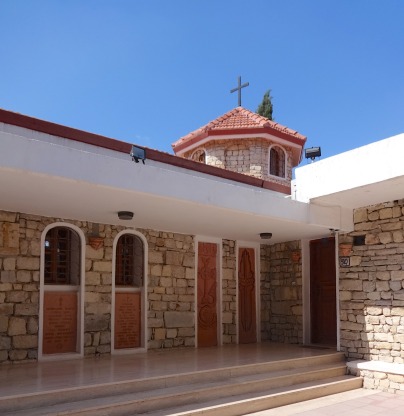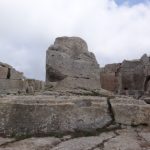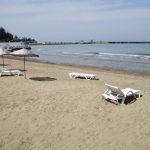Turkey’s last Armenian village Population: 130
***Although no villagers lost their lives in the 2023 earthquakes most of Vakıflı’s houses and the church were badly damaged.***
On the slopes of Musa Dağı (Mt Musa), south of Antakya, Vakıflı is Turkey’s last remaining wholly Armenian village, and perhaps the very last echo of the once powerful Cilician Kingdom of Armenia that had its capital at Sis, now the modern town of Kozan, near Adana.
Vakıflı could hardly be a sleepier place. A pretty road switchbacks up the hill towards it, bypassing orchards of citrus fruits and apricots. The bus will drop you near the tea-house where a handful of men, some of them very elderly, pass their days over hands of cards and reminiscences of the time when Vakıflı played an important role in the silk trade.
Here I met Hagop, a retired pharmacist from İstanbul, who took me to see the village’s only real tourist attraction, a church that looks completely modern despite dating back to 1895 but where women run a stall selling locally-made organic jams.
On the way there we passed a couple of old stone houses which have been converted into pensions suitable for family groups. These would make lovely, peaceful places to stay in summer when the local population rockets to around 350.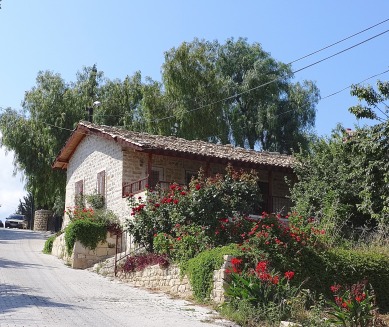
Hagop said that the church has no resident priest which means that the patriarch from İstanbul must fly in to perform weddings and funerals. Nor is there a local school. The few children study in Samandağ which means that with the passing of the generations, familiarity with the Western Armenian language is weakening; summer schools ensure that it is not forgotten altogether.
On 15 August 2024, the church reopened after complete renovation following the damage done to it by the 2023 earthquakes.
Two km further up and down the road and you’ll come to a dip beside a stream where the Musa Ağaç (Moses Tree) is a big attraction. It’s a huge and ancient plane tree with a hollow in it so large that according to the Nişanyans’ guide to Eastern Turkey a barber once served his customers inside it. Today this is a popular excursion destination for people from all around the Hatay. For their benefit cafes, restaurants and handicraft stalls have been set up. It’s absolute bedlam at weekends with not enough space for all the cars that flock in to park.
In summer several small bed and breakfasts open in the village but most people will probably prefer to visit from Antakya.
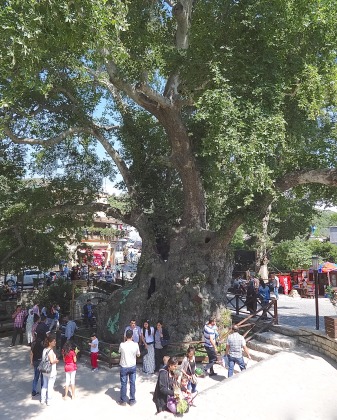 Transport info
Transport info
Get here by dolmuş from Samandağ, itself accessible from Antakya. Note that no (or very infrequent) dolmuşes run on Sundays which is the one day of the week on which the church will almost certainly be open.
You could try organising a taxi ride from Samandağ, especially if you want to continue on to the the Musa Ağaç but it may have to be unofficial and not necessarily cheap.
